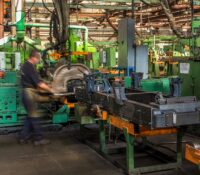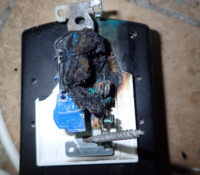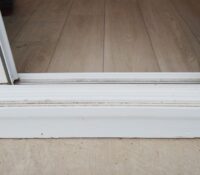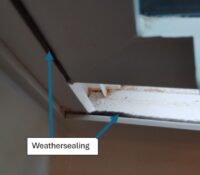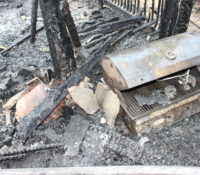KEEP the CHANGE?
As we all know, change is a part of life. Sometimes the results from change are good. And we know sometimes change may result in things becoming worse, although it may not be immediately evident. I think it is safe to say that when we intentionally make changes to something, our goal is to make it better with respect to one or more metrics. Engineers working in manufacturing facilities are often asked to make changes to existing machines and processes for multiple reasons: Read More



